Story-Behind-the-Story: The Panstellar Mandate (Part 1)
The story behind my unfinished story! I have the best excuses though.
I’ve had this scifi book project, on-and-off, for nearly a decade. Here’s the story behind the story.
In the future, hyper-intelligent AIs battle through secretive adversarial simulations. Competition keeps them balanced. Going interstellar breaks that balance. The race is on!
Imagine if you would, a world rampant with agentic-AIs called Artilects. In 2016 when I first drafted a story concept about humanity using AI to go interstellar, the idea sounded ludicrous. Instead of setting my story in the 2060s, I pushed it into next century, the 2120’s. I should have trusted my instincts.
Here’s the quick summary of the plot:
The year is 2129, and several exploration spacecraft are enroute to nearby solar systems within thirty light-years. The ‘Interstellar Settlement Foundation’ is preparing for its next chapter, the exoplanet settlement initiative. However, opposition is mounting. Stolen designs, sabotage, and politics amongst shareholders are disrupting their plans.
When the global government, called the ‘Federated Council of Entities,’ takes action for a formal Summons, it precipitates an arms race amongst predictive ‘Simulists’ on both sides. The Foundation and the Federation struggle to forecast the future, to inform decisions made in arbitration. With escalating espionage and complex characters, both sides struggle to seize history itself, but uncover leviathan forces manipulating everything.
The plot is complex, but so are the real world challenges our society faces today. Go lookup the ‘Meta-Crisis’ and you’ll understand what I’m talking about.
Themes woven into this tapestry include public vs private space investment, the challenges of pursuing environmentalism in regions recovering from war, and the mirage of identity as humanity adopts reality-bending technology.
I aimed to depict something rare in science fiction, a (partially) successful ploy to halt climate change. However, biodiversity collapse can’t be solved by cutting carbon.
One conviction I hold, is that investments made into stabilizing our biosphere will one day pay off as tools for ecopoiesis and terraforming. What troubles me, is that perverse incentives ruin everything. That theme, more than any other, has driven the story forward.
One key item I wanted to emphasize was the scale of the institutions involved. Stories about interstellar missions often gloss over the effort required to build a single spacecraft, yet alone an organization that can ship millions of tons of biological cargo over the lightyears.
I digress, we’ll cover that topic later. For now, let’s get back to the origins of this as a writing project.
In the Beginning…
I could go into detail about characters, setting, or story structure. In future posts, I may do so. Instead, here, I’ll cover the story of myself, as this story took shape and I picked up writing.
The year is 2016. After two years of launching a failed startup, grinding myself into a severe health crisis, I now have an easy job at a university. The company I started, built simulations, culminating in a game project. We called the effort ‘Asteroid Ventures’ but also toyed with ‘Solar System Tycoon.’
Forced by economic factors to put the project down, my head was swimming with everything I’d learned. The game, we decided, would have a handful of victory paths. One option was to leave the solar system. A player needed to meet certain technology requirements, and would have options for ship design. Once the ship left heliopause, the game ends.
Painted into a corner from overleveraged contracts, I gave up the gamedev hobby. I decided to pick up a different, more solo activity. Writing. I’d written a little bit in high school. I’d practically authored treatises on Reddit posts. How hard could this possibly be?
Writing by itself proved challenging, involving character development, plot structure, technical rules, and sentence structure. I knew nothing. I still know too little. However, I wanted to pursue hard science fiction. That meant I needed to do research. It was a good thing I had a degree in astronomy and worked at a university.
Borrowing ‘Deep Space Probes’ by Gregory Matloff, I set to work. Instead of building a game to test this, I modded the living hell out of Kerbal Space Program. I found the mod developer for the ‘Far Future Technology’ plugin to Kerbal, and helped calculate anti-matter to hydrogen fuel consumption requirements.
In the end, I speculated the ship size I’d need to reach 10-20% the speed of light (0.2c). Then I built it in KSP. I modded in new star systems and then travelled there. In a future post, I’ll cover more depth on how these advanced propulsion systems work, or my KSP experiment.
For now, just realize, I was getting deep into the mechanics of interstellar flight.
‘Futurology’
From 2011 until 2020, I served as a moderator on the ‘/r/Futurology’ subreddit. The role itself alternates between a community developer and a police officer, and gradually shifted toward the latter. However, during that time, I came to encounter all measure of speculation on the future.
A few key topics came up:
Machine intelligence, and super-intelligence, were inevitable
Social, economic and financial institutions would drastically change in response. Human labor becomes less valuable.
Environmental challenges could possibly be overcome by deep investments into ‘basic research’ in addition to social change
Optimistic timelines never pan out. The future looks like the present, until it doesn’t
The insights from that community compounded on an understanding of systems thinking and machine intelligence I’d acquired from notable authors I’d read.
One technology that I believe will take a long time to move from infancy to rampant use is ‘brain-computer-interfacing’ or BCI. Present in many of the ‘Black Mirror’ episodes, it takes on a variety of forms.
However, looking at a story setting one-hundred years from the present, all of the practical requirements will likely be solved.
Later, as I describe my futuristic world further, you’ll see what BCI and Machine SuperIntelligence look like in tandem, and the impact to government structures.
Writing the First Version
Among the cherry blossoms of the University of Washington, or during my hour-long bus ride home, I’d pull out my keyboard-tablet and tap out the paragraphs.
My setting seeped into my work. Academic, grandiose, prestigious. Characters took shape, informed by coworkers and friends.
I consumed a variety of new books. Whereas I’d grown up with the classics, Frank Herbert’s ‘Dune,’ or Kim Stanley Robinson’s ‘Red Mars’ trilogy, now I had a desire to consume as many books as I could.
Key influences from that time included Alastair Reynolds’ “Revelation Space,” Dan Simmons “Hyperion,” and several works by Peter Hamilton. I soaked up these stories as I pieced my life back together.
There were of course, stronger influences. In fall of 2017, Andy Weir and Neal Stephenson took over the auditorium of my local bookstore.
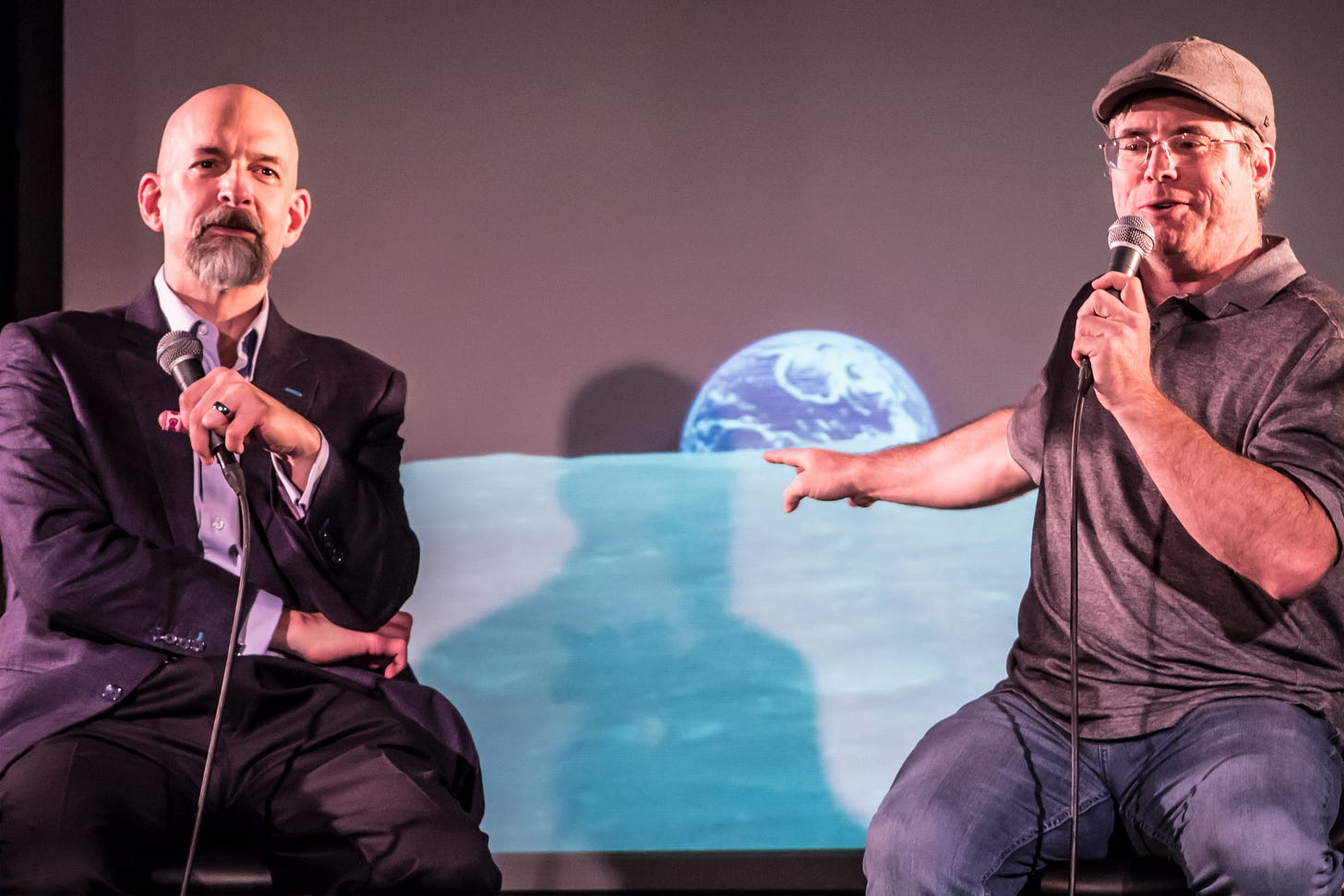
My background in astronomy, including being part of an exoplanet search team, helped to formulate plot points. I sought to showcase the challenges involved not only in picking a planetary system to settle, but simulating the environment decades ahead of departure. Which in turn, would inform the types of experts required on the ship roster.
Take this snippet, where I pass the ‘Bechdel test’ by having two women talk about the dry topic of predicting the level of volcanism on an exoplanet they have very little data about.
Lien Cheng, SSF Computational Anthropologist
@ vwps://local.ssf.bco/planetarium/#awagner.workspace4 { 10:35 AM UTC-8, Tuesday, February 19th, 2058 }Beneath her feet, Lien Cheng could see the bulk of another world, an exoplanet twenty-eight light years from earth. It’s coloration was hard to describe, blues and indigo mixed with hazy dull browns. Several islands and continents played out across the surface, stretching in little pockets all the way to the horizon. It was strikingly beautiful, but a little dull, like a lazy river on a foggy day.
Lien brushed her fingers through her hair and turned to the woman hovering next to her to ask a question. “Is this really what you think it looks like?”
The woman, Amanda Wagner, chief astronomer and planetologist, turned to Lien and scoffed, “What, you’re not impressed?”
Turning a little red, Lien clarified, “well, I mean, the science is undeniable. You’ve done brilliant work. I just wanted to know if this simulation is the closest match to the your data?”
Amanda smiled, “I know, I was just teasing. This is as close as we can get. It’s a procedural simulation informed by actual data. We’ve done light profiles for nearly a decade, so we have a very vague color and temperature map. Of course we can only image light from the hemisphere facing us, which we call the northern side. The southern end will remain a total mystery until we get there so we’re just showing it as more of the same - large islands or small continents and a big ocean.”
Amanda seemed pretty certain of her statement. Lien didn’t challenge the matter, but still she seemed somehow disappointed. The atmosphere was thicker than Mars, so it was harder to see through. The view from space was mostly just hazy clouds and a murky dark ocean. She tried to articulate this out loud.
“I think it’s hard to impress me after my Martian field work. With such a thin atmosphere, Mars has such a dramatic presence from orbit. Plus, nothing beats the real thing.”
Nodding her head, Amanda responded, “agreed, my first trip to the southern lunar observatory was pretty near to a spiritual experience for me. Still, planet Kaypacha here is more like a house that hasn’t been furnished yet. Once we arrive there, and establish an ecosystem, it will be a lot more interesting and the atmosphere will gradually become more pearly blue - but HEY, that’s why you’re here right?”
“Sure, I’m the galaxy’s greatest interior decorator.” Lien joked, “well, a computational anthropologist is more of a family counsellor that sometimes helps do design work.”
As they laughed, a great beige shape emerged from the horizon. It was a small cracked and cratered world.
“So you think it has a large moon?” Lien asked, looking towards the distant object. Amanda nodded again.
“Yeah, it’s got a moon, we don’t know exactly how large or how far away though, just that the light profile of our little pale dot seems to have all the indications of having a dancing partner. It’s probably a little bit brighter than our moon but a little bit smaller, and the composition is a little different, which is why we’re showing it slightly yellowed here.”
“Well, at least we’ll have a steady supply of cheese.” Lien joked. “Ha, yeah you’re not the first one to make that joke, but on a serious note, at least we’ll have sulfur for use in solid rockets and industrial processing.” Amanda responded.
“Sulfur? Do you think Kaypacha is going to have volcanism?” Lien started zooming across the sky, stopping from point to point to peer down towards the land masses below, looking for obvious volcanoes.
Amanda held out an arm to indicate Lien stop jostling the view of the virtual planet beneath them. Lien let her take over, and within a few seconds they were drifting down through the clouds towards a large shield volcano with vaporous white clouds steaming out the top.
“We have definitely seen some indication that volcanism is playing a part in the composition of the atmosphere.” Suddenly a spectragraphic chart emerged across the horizon. “Essentially sulfur dioxide and certain silicate compounds suggest that there is some active volcanism. The system is also only three billion years old, and we know that the Earth was much more volcanic at that time. Of course, we really don’t know we will find, the metallicity of the star is slightly lower than our sun, so that could influence things too. To really know, we would have to watch the planet for thousands of years, so why not just go there and do field work instead?”
Lien, standing on the sandy surface started pacing and kicking her feet in the sand. “So you’re not afraid of volcanism impacting settlement too much then? Would we know where the safest place to settle might be?”
Amanda smiled, “That’s one of my favorite questions! No, I’m not worried, I think we can plan around any volcanism thanks to modern indoor agriculture. Still, let me show you a few profiles of the best landing sites I think we might find.”
I’ll cover more on the original plot structure later, including how it informed the newer drafts of my story. Working against the plot premise, I developed my key characters and pushed out ~50K words. I weighed the options of serializing the story or keeping it integrated.
In 2018, I put writing back on the shelf. Just as I was formulating a new draft and a revision of chapters, something came up. I got a job launching rockets for real. All other pursuits disappeared. I had an avalanche of work to do, new skills to learn.
STAY TUNED!
This was just Part 1. I’ll continue with these expositions, and coverage of the plot structure, characters and worldbuilding of ‘The Panstellar Mandate’ until I’ve got a draft ready to release.
Will I self publish or find an agent? I’m not sure, but if you want to follow my work, subscribe!




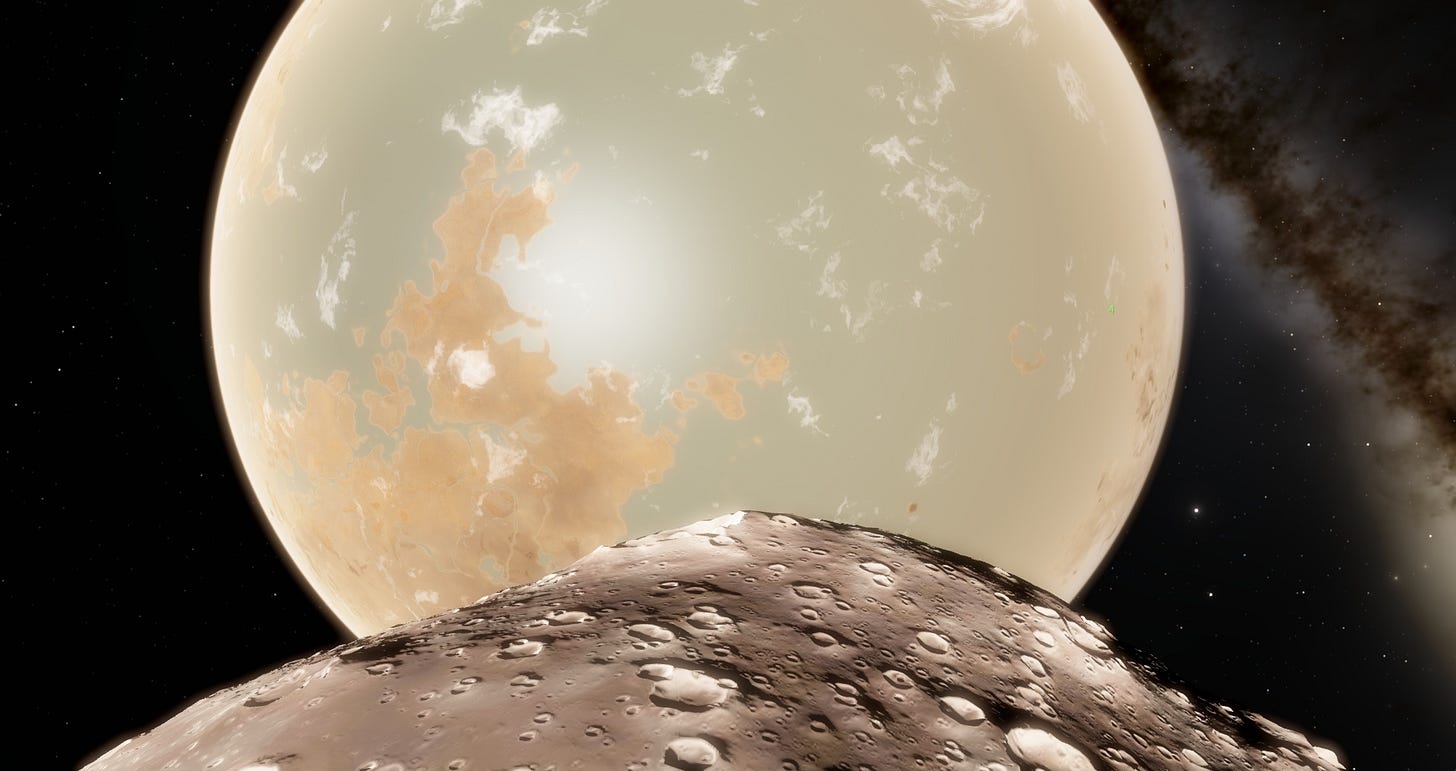

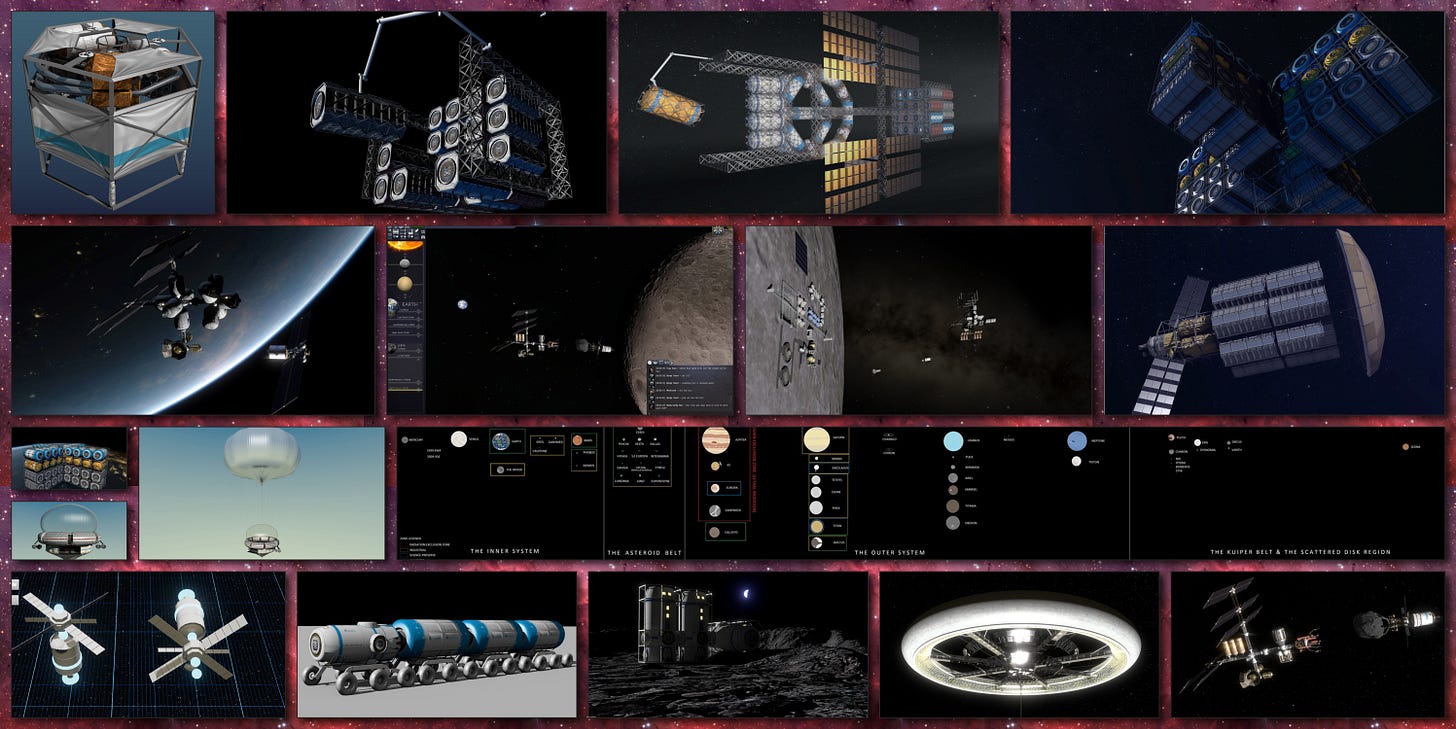

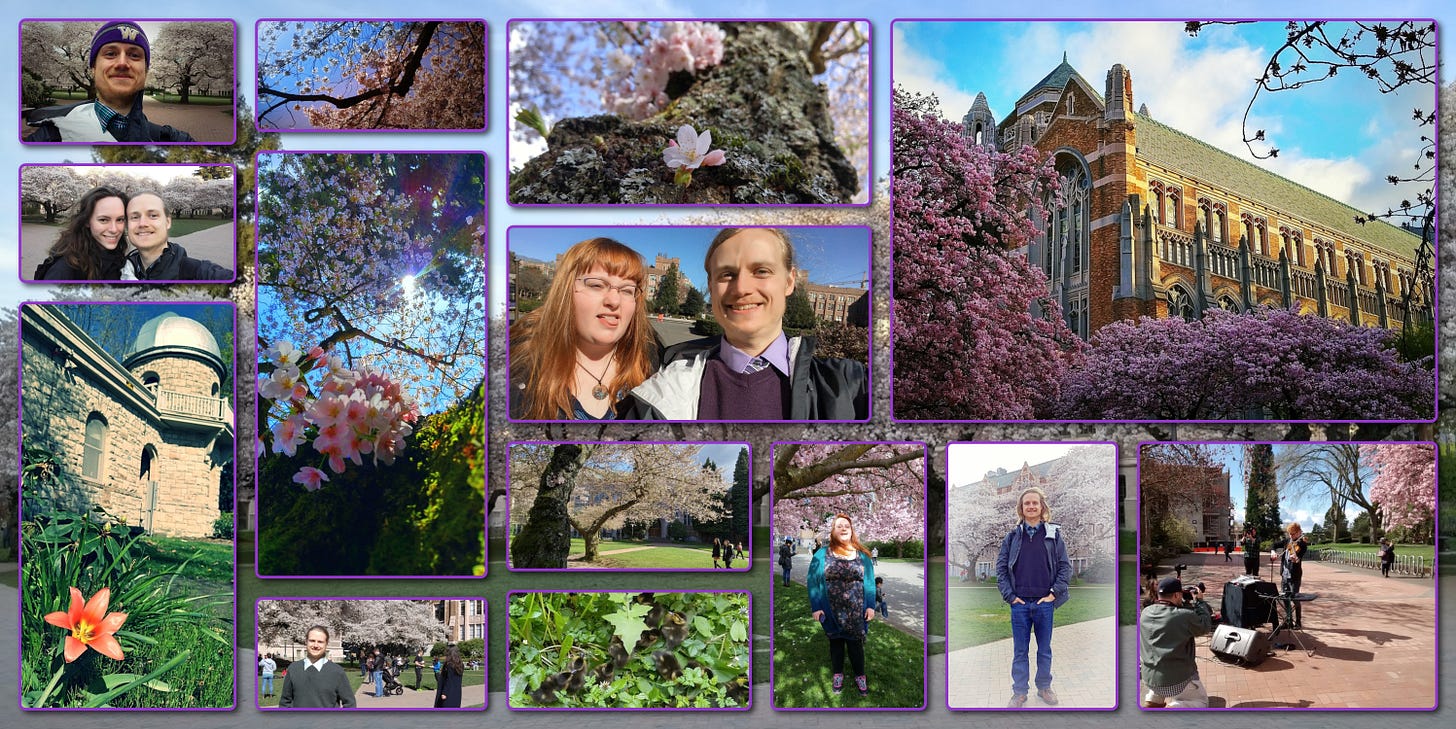
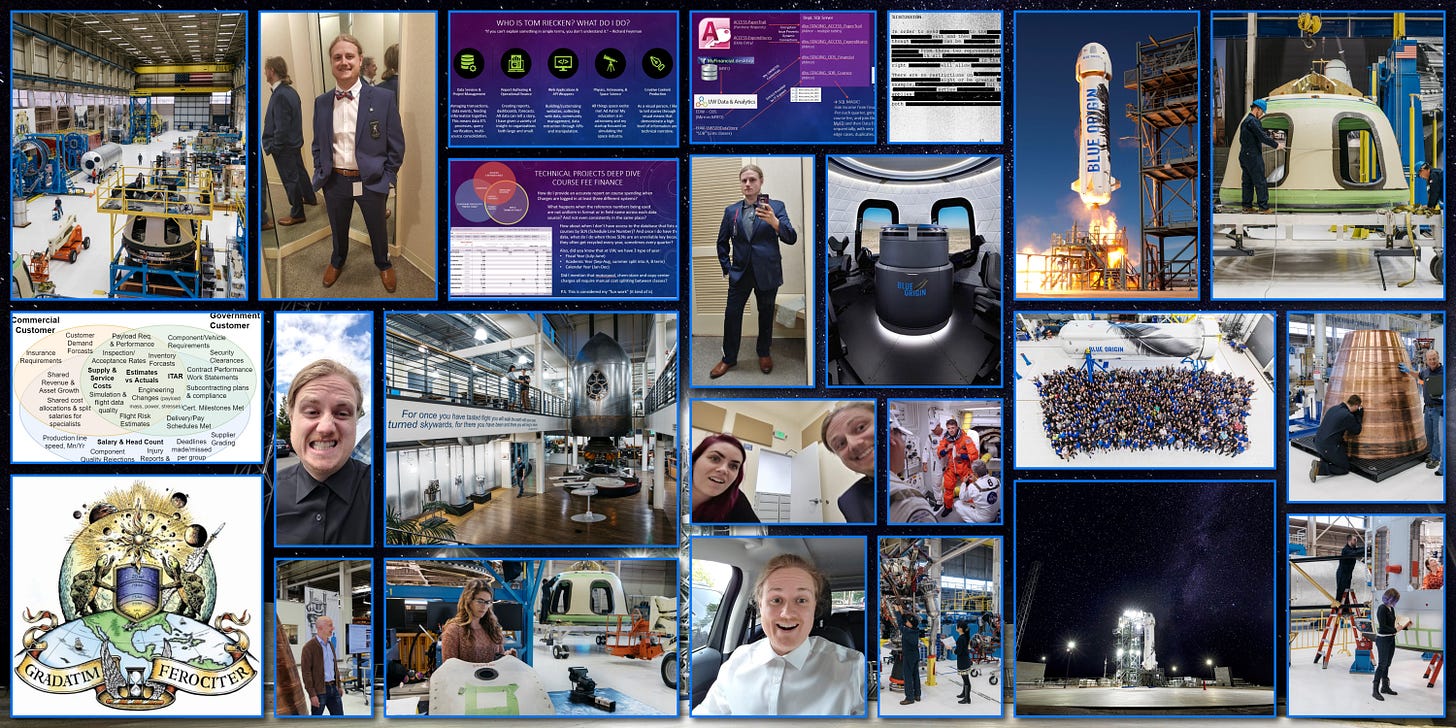
Great to get a glimpse of your work. Sounds like an ambitious project!